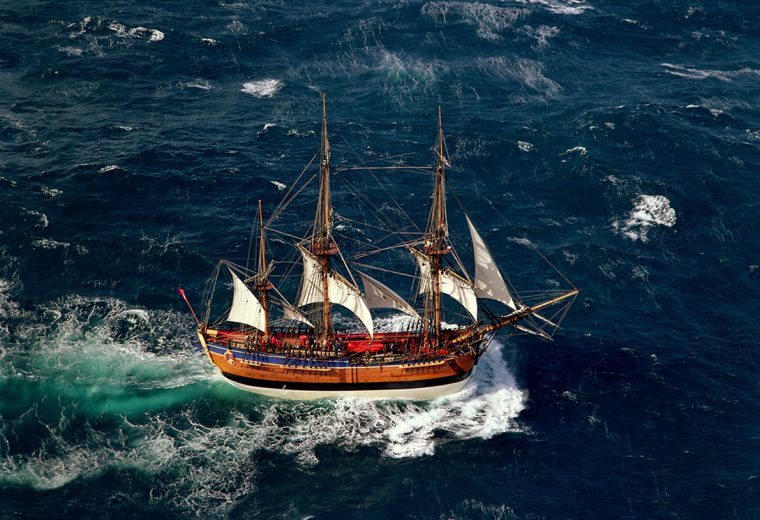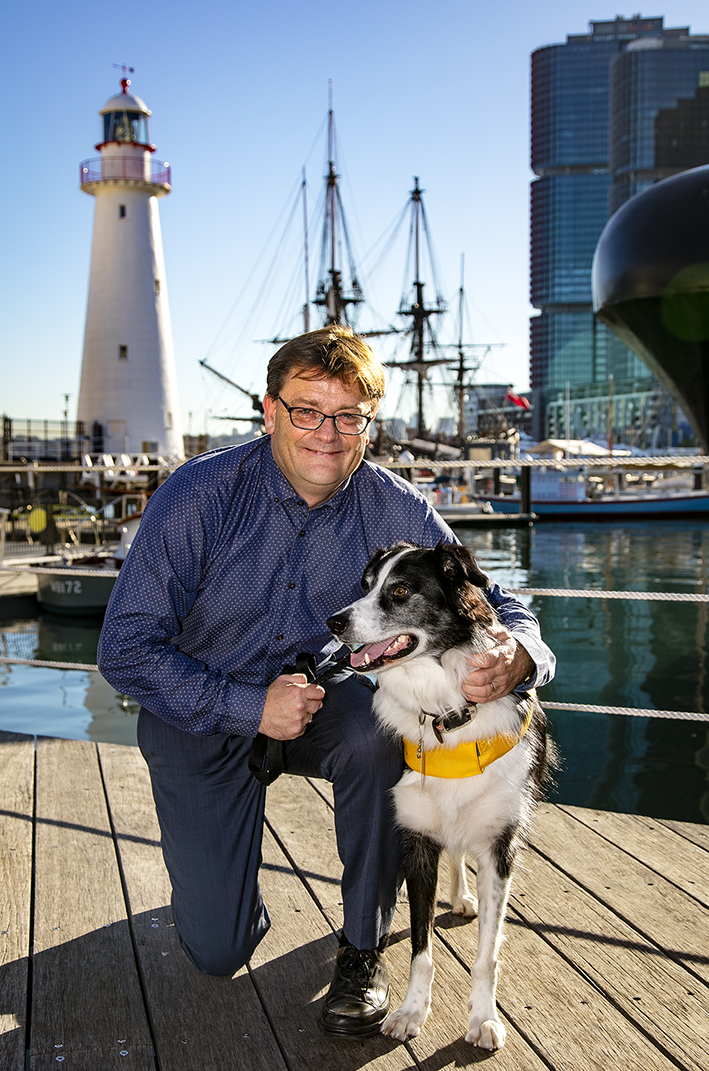Cook’s 1770 voyage – 250 years on


The 250th anniversary of Cook’s landing in Kamay/Botany Bay on April 29 will be marked by the Australian National Maritime Museum with the launch of three new digital products from the Encounters 2020 program. Additional elements of the program will be made available to the public over the coming months.

“The 250th is an invaluable opportunity to look at this historical event with 21st century eyes and provide greater context,” said Museum Director and CEO Kevin Sumption PSM.
“In the past, the 1770 voyage was principally seen from the European view, and the view of Australia’s First Nations people was generally absent. With all our program elements we have undertaken consultation with First Nations people and, as a result, we can expand our knowledge and understanding by looking at both the view from the ship and the view from the shore.”
“Over the coming months, we will launch materials which present Cook’s achievements and legacy, investigate the myths that have grown around him, explore the symbolism of Cook and the Endeavour and investigate the consequences, intended or otherwise of 1770.”
The Museum is launching three elements of the program today
- Cook’s Voyages – View from the Shore – an online game
- Encounters 2020 Education resources
- Rooftop projection on the Museum to mark the milestone.
“The program would not have been possible without the generous support of the Australian Government” Mr Sumption said.
Cook’s Voyages
Cook’s Voyages is a new online game developed by the Australian National Maritime Museum to engage students with the 250th anniversary. Importantly, the game takes the approach of highlighting a First Nations perspective on player choices as they take command of an 18th Century voyage into the Pacific Ocean, at this stage still unmapped by Europeans.
Players choose from a series of missions, select their crew and stock their vessel (the HMB Enterprise) with all the equipment needed to achieve their goals and return safely to England. Players will need to choose wisely, as the challenges and adventures that await them will stretch the crew and vessel to its limits. If they survive, players will be judged by the British Admiralty and the public on the choices they made along the way, with reputation all important in 18th Century London society.
For the first time, players can engage with perspectives from both on the shore, as well as from the ship, making this a landmark game that responds to our dynamic understanding of these early interactions between the British and Australia’s First People. If players choose to act responsibly, they can learn language from five different Indigenous nations as they travel up Australia’s East Coast while also taking the opportunity to record the local plants and animals on Country at each location.
The game is designed to challenge students across a series of content areas, as well as engaging them to use and develop key developmental skills.
The Museum has worked closely with specialists Roar Educate in the development of Cook’s Voyages. This new game builds on the lessons from and success of the previous collaboration on ‘The Voyage’, a game that focused on the era of convict transportation. The game links closely to the Australian Curriculum and is designed for classroom use, with the gaming experience designed to last approximately 30 minutes and the opportunity for students to replay the game multiple times to achieve different goals and learning outcomes.
The game is located at www.sea.museum/cooks-voyage
Encounters 2020 Education resources
A new suite of resources has been designed to support teachers and guide students toward a deeper understanding of the dual perspectives of Cook’s 1770 voyage. The resources are intended for all Australian teachers and students with the goal of reaching lasting benefit and increased knowledge of our shared Australian history.
When engaging with Endeavour’s east coast voyage, students and teachers will be able to learn the truth of our nation’s history from dual perspectives – with an emphasis on the ‘view from the shore’ completing and balancing the ‘view from the ship’. It also provides a platform to discuss the many other encounters that have occurred around the continent over time.
There are resources for ages F-10 and all content is linked to the Australian Curriculum and Australian Professional Teaching Standards.
The resources can be found at https://www.sea.museum/learn/school-excursions/teacher-resources/encounters-2020
The strange big canoe
A digital artwork, for projection onto the Museum’s iconic roof, has been developed to mark the anniversary.
While the projection will still take place, in recognition of the restrictions on public gatherings due to the COVID-19 pandemic, we will be offering the opportunity to view it on the museum website.
The work, the strange big canoe, created with the team from Ample Projects, is based on journal records and Indigenous histories that weave keynotes from HMB Endeavour’s voyage along the east coast into the perspectives of Indigenous communities along the shore and officers and crew on the ship.
From first sightings of land and ship on 19 April 1770 at Tolylwarar in the south east, a place Cook renamed Point Hicks, coastal communities watched as the ship made its way along the coastline – sending smoke signals ahead of it – as its commander Captain Cook watched, recorded and renamed lands from Kamay, Botany Bay to Bedhan Lag in the north on 22 August. There Cook planted the flag, renamed the island Possession Island, and sailed Endeavour north towards the spice islands, its hull full of plants and animals that had been collected.
View the projection:

